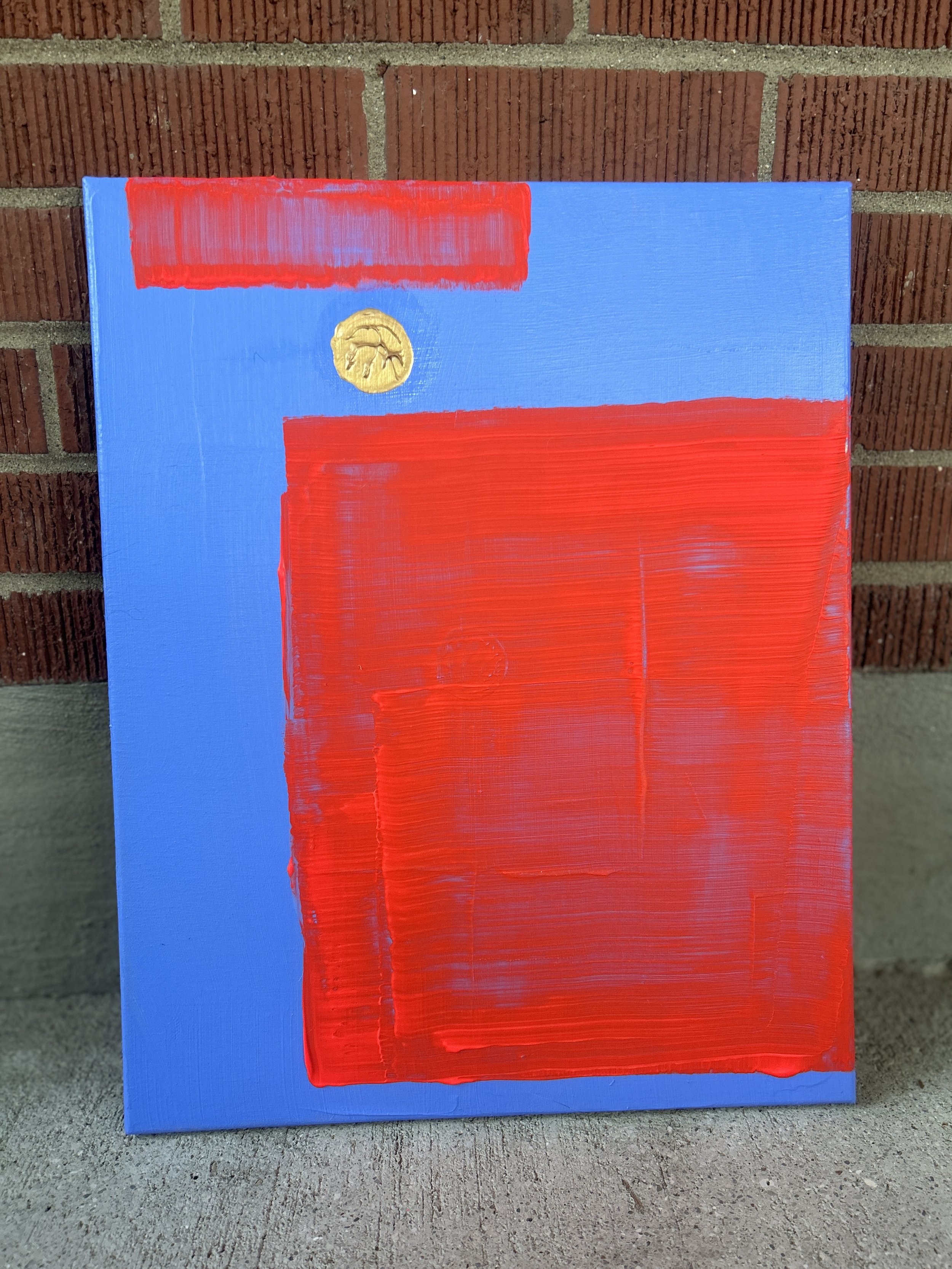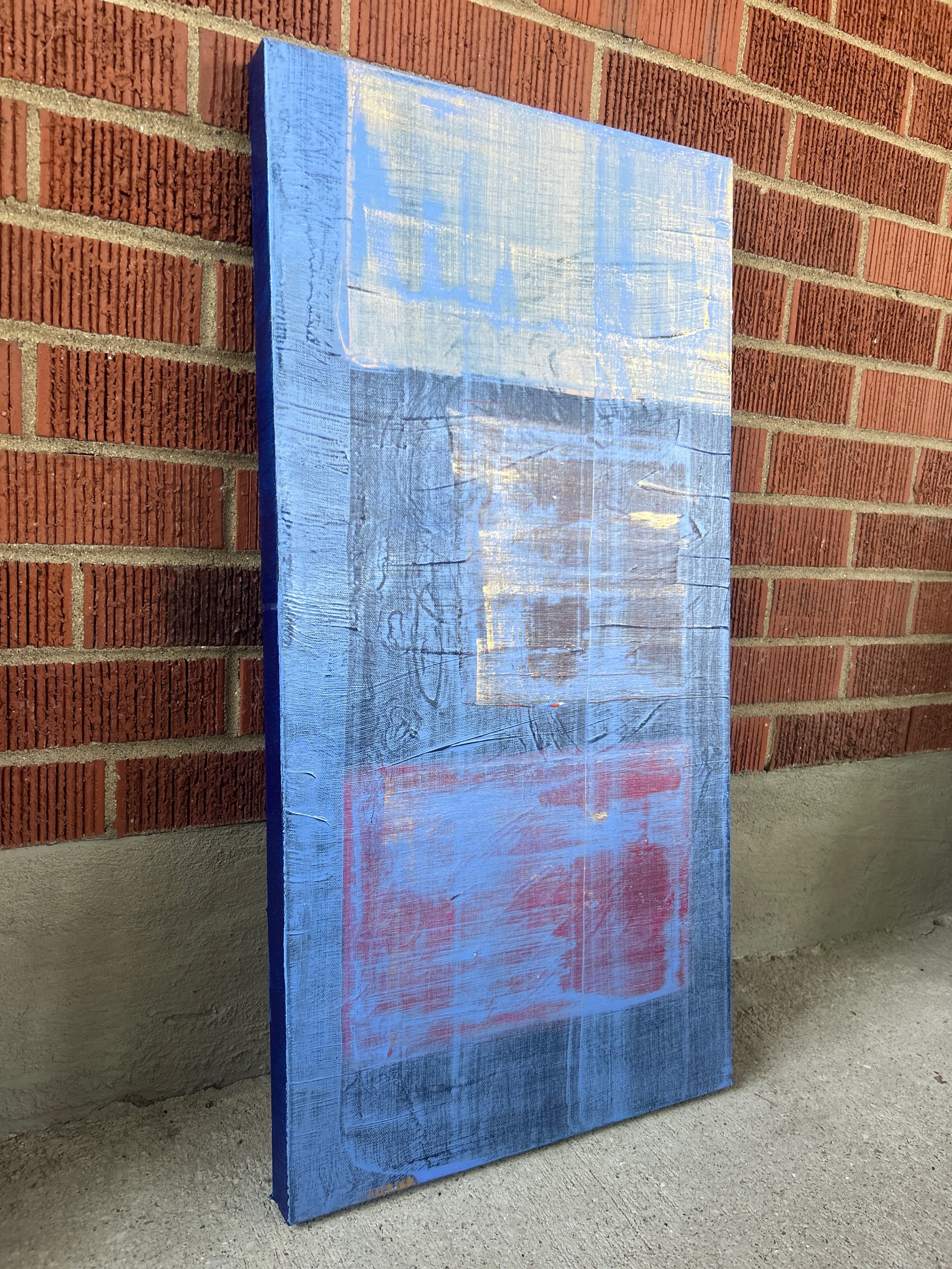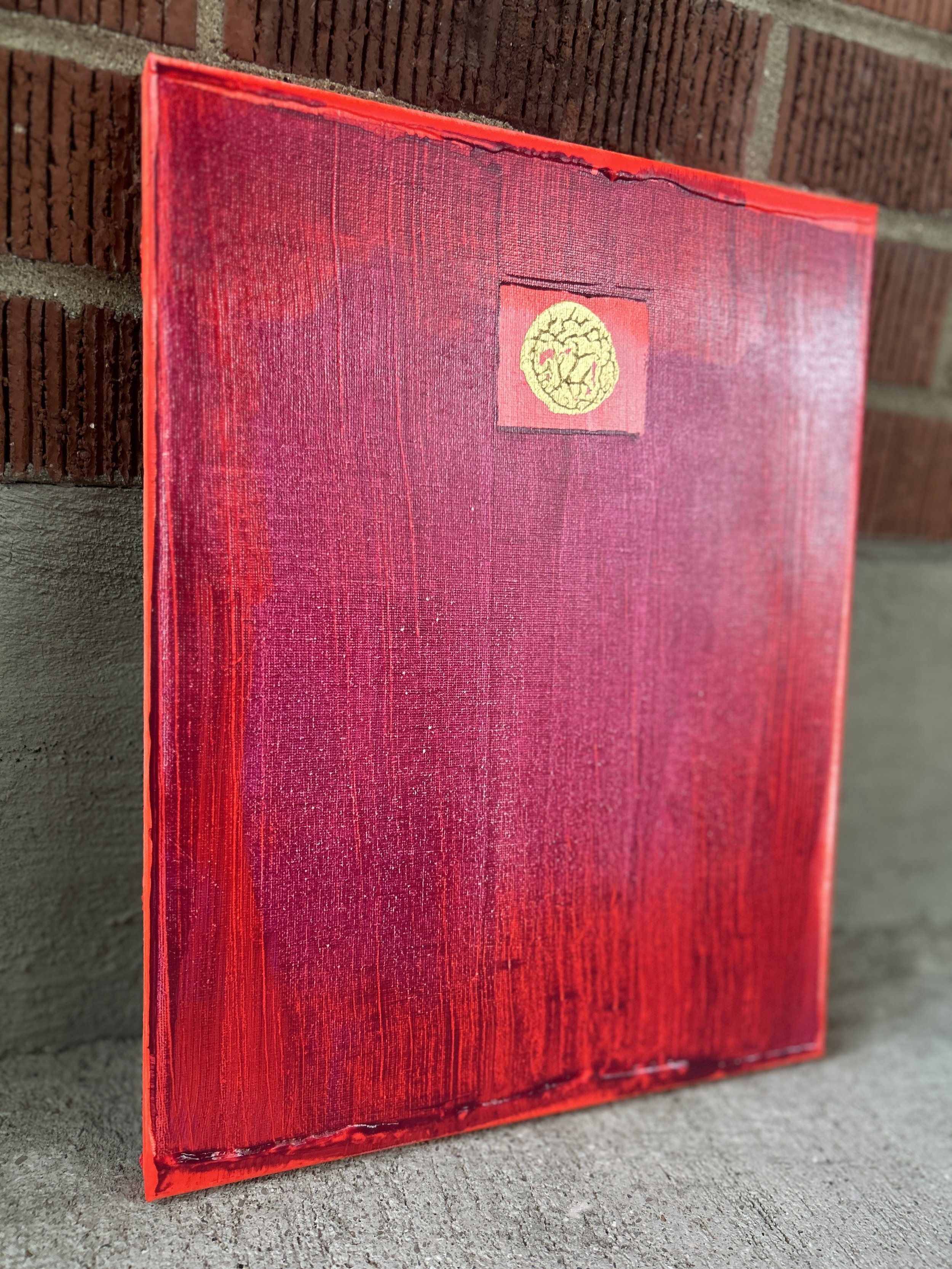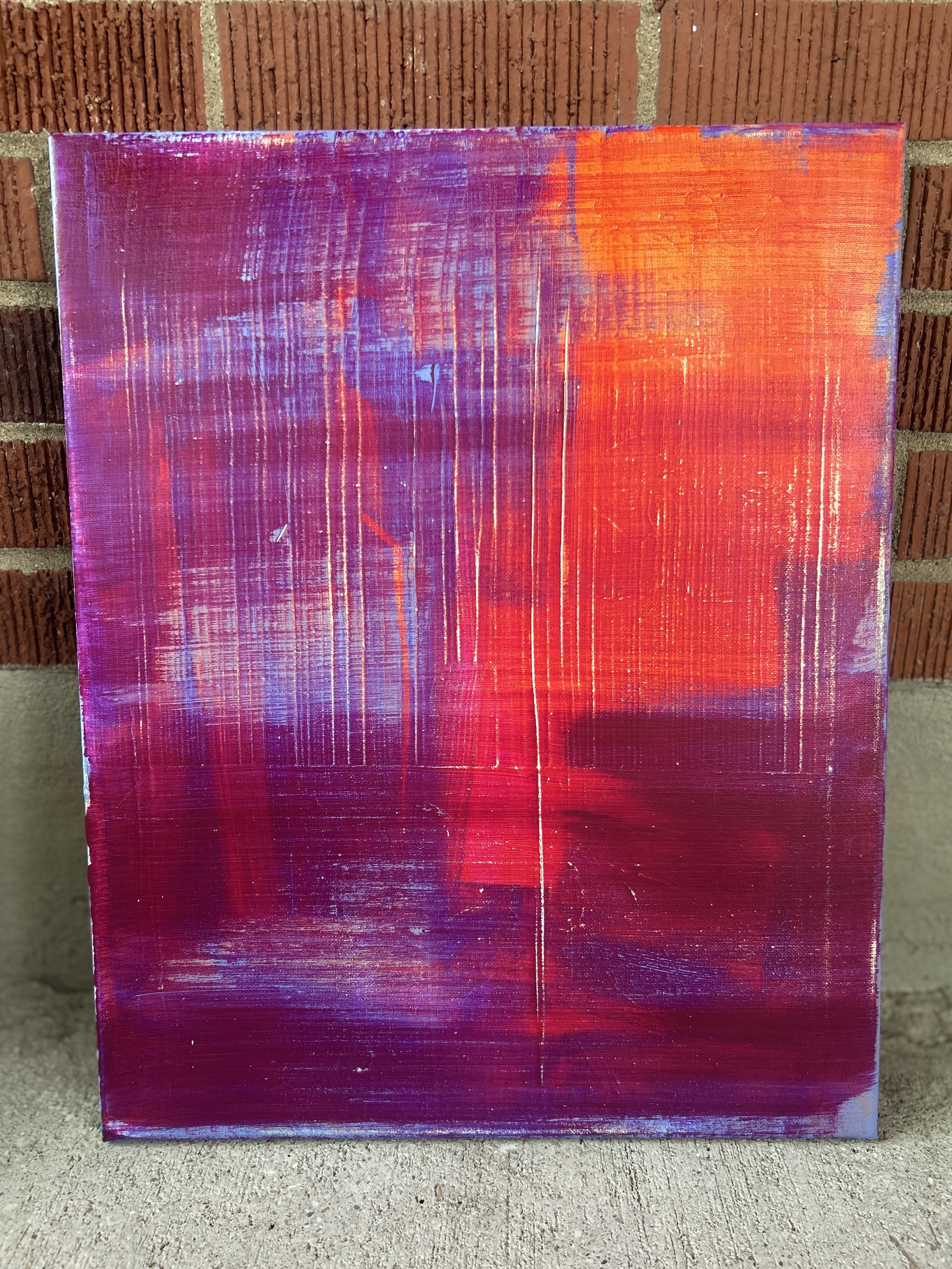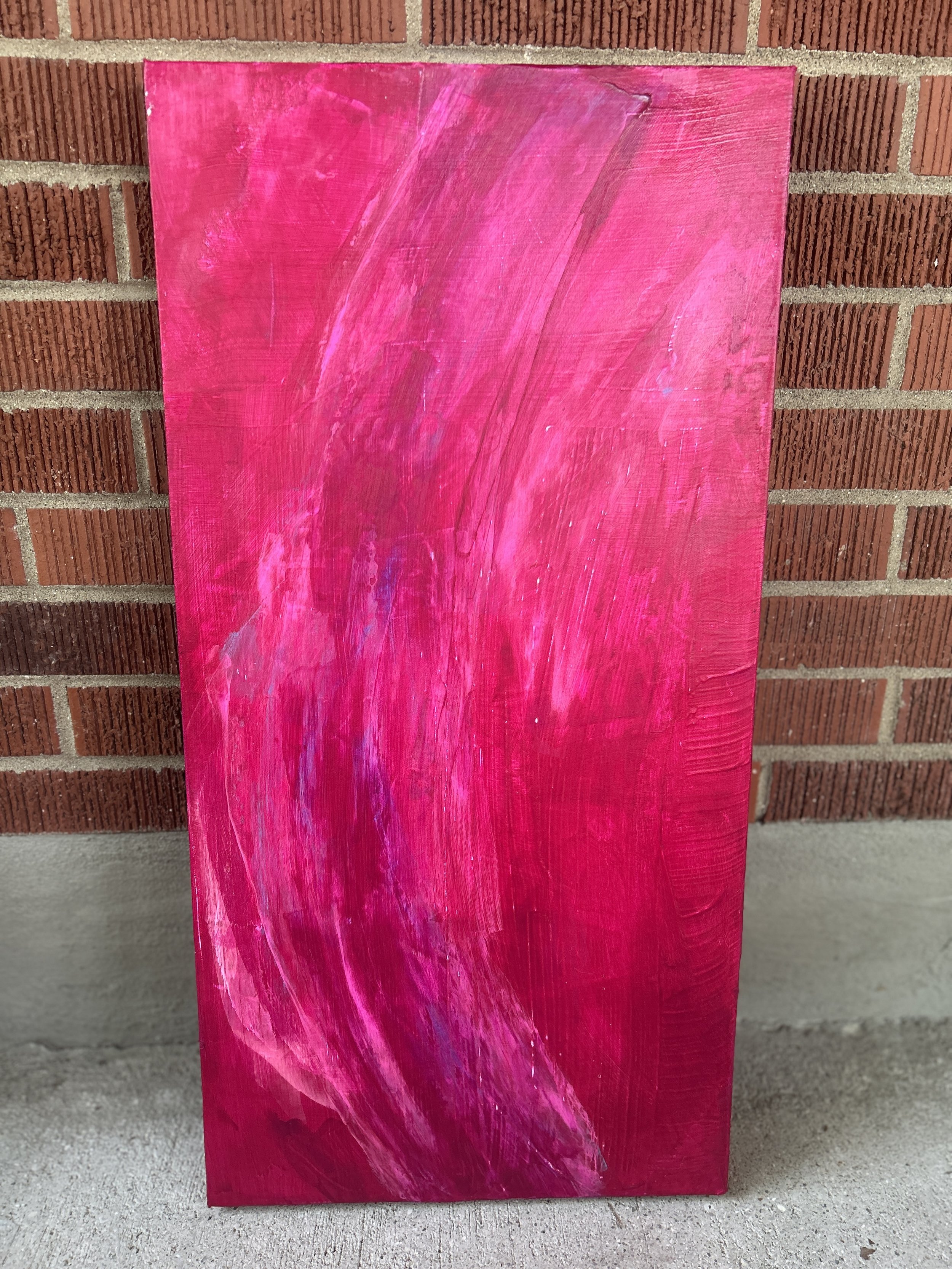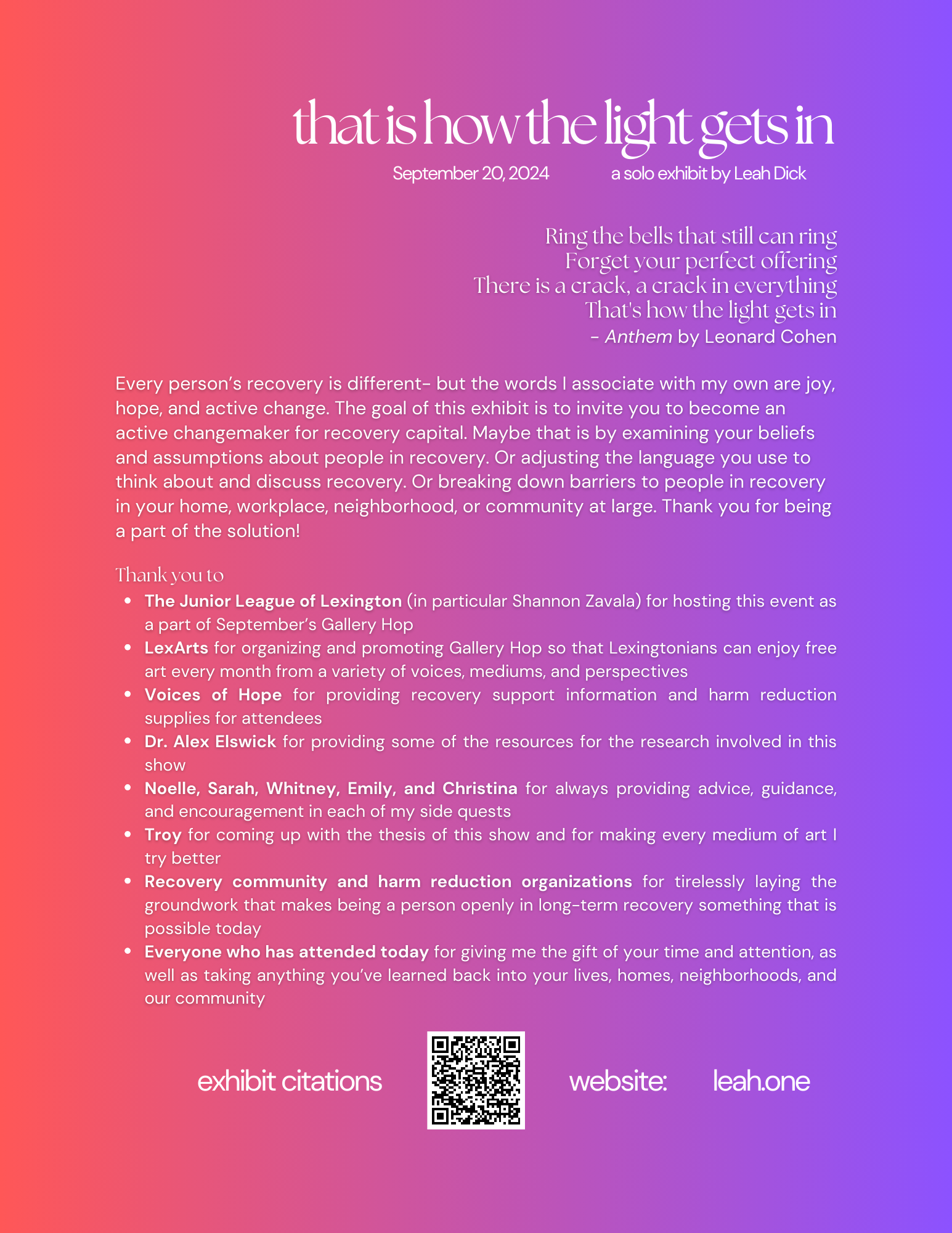inter
intro
"inter” celebrates a decade of Voices of Hope building recovery capital in Lexington, KY. As bell hooks wrote in All About Love, “Rarely, if ever, are any of us healed in isolation. Healing is an act of communion.” Our collective wellbeing is intertwined, interconnected, and interdependent.
This communal care includes recovery capital, which “refers to the volume of internal and external assets a given community holds that can initiate and sustain recovery.”1 It also “...differs from individual to individual and within the same individual at multiple points in time…”2
Recovery capital categories
“Social capital
Friends, family members and others who support a person’s recovery journey
Examples: A close friend who is also in recovery and provides wisdom and encouragement; a spouse who is not in recovery but supports your recovery goals
Physical capital
Money, jobs, stable housing, transportation and other resources that provide a foundation for recovery
Examples: Health insurance that pays for substance use treatment; a car you can use to go to AA meetings and recreational activities
Human capital
Skills, attitudes, knowledge, health attributes and interests that help in recovery
Examples: A sense of spirituality that helps you feel optimistic about recovery; having skills to effectively cope with stress and triggers
Cultural capital
Cultural values, rituals and community-level resources that support recovery
Examples: Taking part in cultural activities that celebrate recovery; living in a neighborhood that feels safe and welcoming” 3
How to help build recovery capital
Examining the hiring and HR policies in your workplace (e.g. how do you address gaps in a resume? Would a co-worker have a schedule flexible enough to attend mutual aid meetings?)
Supporting recovery community organizations with volunteering and/or fundraising
Installing an opioid emergency kit in your local community space or workplace
Hosting a naloxone training in your local community space or workplace
Learning about harm reduction options (e.g. drug safety testing kits) from a local recovery community and/or harm reduction organization
Supporting loved ones at social events (e.g. providing non-alcoholic options at a party)
Attending community recovery events (e.g. the upcoming Voices of Hope Recovery Day event in September)
Expanding on my first show “this is how the light gets in”, three gracious VOH recovery coaches told me how recovery capital has impacted their lives, along with describing the colors and images they associated with these experiences. Thank you for trusting me to tell your stories in the below paintings and for the tremendous work that you and all peer support & harm reduction specialists do every day.
Thank you to VOH for not only the work you’ve done to make Lexington a better place to live as someone in recovery, but for also letting me tell a part of my story at your anniversary event and through my art in this exhibit. 50% of the proceeds from any paintings sold will be donated to VOH to support their important work. Please email me here to purchase.
intro citations
gallery
enclave
2025, acrylic on canvas
$150
30 days: “Recovery capital theory generally suggests that having a stronger connection to, admiration/emulation of, and a larger number of recovery-supportive social influences should produce better outcomes (Best & Hennessy, 2022; Hennessy, 2017).”1
When I entered recovery, I had a great support group that I met while in treatment that helped me transition back to regular life when I was released. They welcomed me with open arms. Told me about local AA meetings and introduced me to having fun in recovery. - Gary Biggers
latibule
2025, acrylic on canvas
$150
30 days: “We conducted a study investigating whether practicing mindfulness and difficulty regulating emotions can predict individuals’ recovery capital - a construct strongly correlated with positive recovery outcomes… emotion regulation skills were the strongest predictor of positive recovery outcomes, surpassing demographic characteristics and mindfulness.”2
30 days in, when things felt both fragile and strong, I turned to my spiritual practices for guidance. I knew I couldn’t walk this path alone. My spiritual recovery capital became my anchor when everything else felt uncertain. I had to learn to trust that there was a purpose in my pain, even when I couldn’t see it. Moments of stillness, prayer, and simply being present with my thoughts gave me a sense of peace. I realized that surrendering to something greater than myself didn’t mean giving up; it meant giving in to the flow of healing. That trust became my strength, reminding me that I wasn’t alone in the struggle, and that belief kept me moving forward, even when I couldn’t see the next step. - Twyanna Nicole
incandescent
2025, acrylic on canvas
$200
6 months: “Spiritual well-being can provide several psychological and emotional benefits for adults in SUD recovery (Laudet et al., 2006; Worley, 2020) including a sense of meaning, connectedness, and purpose (Flynn et al., 2003; Geppert et al., 2007; Laudet et al., 2006; Worley, 2020)… Two aspects of spiritual well-being – life meaning and spirituality - predict sustained recovery and better quality of life, respectively, over one year among adults in recovery from polysubstance use (Laudet & White, 2008).”3
There was a time when emotional recovery capital really carried me. I had to learn how to sit with my feelings instead of running from them. It wasn’t easy, but giving myself permission to feel what I felt helped me grow stronger. Little by little, I stopped seeing my emotions as something to fear and started seeing them as a part of my healing. Honestly, that shift saved me in more ways than I can count. About 6 months in. That’s when it clicked for me that running from my emotions was just running from myself. Sitting with them, even when it hurt, became my way forward. - Twyanna Nicole
orange juice (i, ii)
2024 & 2025, acrylic on canvas
$100 each, $175 for set
9 months: “A substantial body of research has shown the positive role that family support plays in long-term recovery (Havassy et al., 1991; Nattala et al., 2010; Walton, Reischl, & Ramanathan, 1995).”4
When I visit my hometown, I am so panicked about running into people I used with or treated poorly in active use that I essentially become a hermit for the duration of the trip. My family helps safeguard my sobriety, even if I think it has to feel like overkill to them. Or maybe it’s a relief to see me return when I say I will, eyes clear and shoulders slighted relaxed after a mutual aid meeting, after all those years of the opposite. My mother swaps vanilla extract for an alcohol-free version, painstakingly labeling the breakfast cakes I can eat on Christmas morning. My step-mom makes sure to buy bottles of sparkling apple cider for each Thanksgiving so I can toast. My friends make a bowl of “boos-free” punch alongside the rest at a Halloween party. The simultaneous and contradictory fear of either being seen or missing out subside with each small act of consideration. - Leah Dick
break on thru
2025, acrylic on canvas
$150
1 year: “Many recovery models, including Wong's (2012) meaning therapy, encourage clients to develop purpose and meaning to assist in overcoming obstacles within recovery. Research has shown that meaning-in-life and purpose-in-life act as coping mechanisms to sustain recovery when people are presented with temptations (Vos, 2016; Wong, 2012).”5
After I celebrated one year, COVID happened and I didn't have the same support group; it was tough for me and I decided to take my first vacation. This trip was very freeing to me because I had never been out of the border states and I flew to Vegas by myself. During this trip I was exposed to drugs and alcohol and returning to use didn't cross my mind. That is when I knew recovery was for me. - Gary Biggers
incandescent
2025, acrylic on canvas
$150
1 year: “Although Black LGBTQ+/SGL people, including youth, face a higher level of mental health need, compared to non-Black LGBTQ+/SGL people, we are significantly less likely to have access to culturally competent professional care. Several factors are responsible, including: discrimination and bias from people who could connect us to or provide care, traumatic encounters with care providers like therapists, a largely undertrained and culturally incompetent pool of providers to choose from, stigma attached to seeking mental health care, lack of access to affordable health insurance, insufficient provider options within covered care, and the risk of lost autonomy or increased surveillance in the care of providers, just to name a few.”6
As a Black trans woman recovering from opioid use disorder (OUD), community support played a powerful role in my recovery capital. Finding a safe, affirming space where I could be seen and heard—especially among others in recovery—helped me rebuild trust and regain my sense of worth. That emotional and social support reminded me that I wasn't alone, and it motivated me to stay on my path. Knowing others believed in my ability to heal strengthened me during some of my hardest days. - Sophie Marie Drye
the pink cloud
2024, acrylic on canvas
$100
1 year: “...there is a clinically significant recovery in satisfaction with life, executive functions and psychological distress for polysubstance using SUD patients following one-year of abstinence. This improvement from admission to one-year, suggests that a gradual progression of treatment should be adopted to ensure that the patients have the prerequisites for receiving treatment in a broad array of dimensions.”7
I always show up to my job on time, as well as to unlock the mutual aid meeting on Wednesdays. I have a boyfriend who encourages me to write poetry, to apply to a local university. My parents meet my sponsor and are surprised to find out that my routine check-ins asking how they are weren’t mandated by anyone else in my life- it’s just something I do now. My friends in recovery congratulate me in various ways at my one year anniversary celebration, with the most outspoken veterans intoning, welcome to the real world. Now the work starts. - Leah Dick
final girl
2024, acrylic on canvas
$200
3 years: “During 2013–2014, fentanyl submissions in the United States increased by 426%... and synthetic opioid deaths increased by 79%.”8
It feels like every month, someone I know from my hometown dies from an overdose. During a shift at my retail job, I am stocking 2014 graduation dresses that I will look through on my break to choose for my own ceremony coming up next month. I untangle hangers and wonder why I got to be one of the lucky ones. I am not any stronger, smarter, kinder, or better than the friends who were in recovery for years and then simply made one ill-fated choice. I remember the countless overdoses I had years ago, that I woke up from, walked away from. In 2015, the FDA will approve the overdose reversal nasal spray Narcan as a prescription drug, which changes and saves countless lives each day. I still think of each of those friends to this day. - Leah Dick
apricity
2025, acrylic on canvas
$150
3 years: “Peer-based recovery support provides a range of person-centered and strength-based supports for long-term recovery management. These supports help people in recovery build recovery capital—the internal and external resources necessary to begin and maintain recovery (Best & Laudet, 2010; Cloud & Granfield, 2008).”9
There was a time early in my recovery when I felt completely lost and unsure if I could stay clean. Connecting with a mentor who truly understood my experience as a Black trans woman gave me the hope I desperately needed. Their guidance and encouragement were a form of social recovery capital that reminded me I had value and potential. That relationship helped me rebuild trust and gave me the courage to keep showing up, even on my hardest days. It showed me that healing is possible when you're supported by people who genuinely care. - Sophie Marie Drye
everywhere, everything (iii)
2025, acrylic on canvas
$400
14 years: “...roughly 22.3 million Americans — more than 9% of adults — live in recovery after some form of substance-use disorder. A separate study published by the CDC and the National Institute on Drug Abuse in 2020 found 3 out of 4 people who experience addiction eventually recover.”10
The one constant of my recovery is that it has never been done alone. We heal in community. The further I go in my recovery, the more I discover that I am not the exception but the rule. Given the needed resources and tools (including time), we do recover. There are so many pathways to and of recovery, so many ways it can look, and so many different words to tell it the way that each of us experiences it. I am just a thread in a much larger tapestry, which I hope continues to grow more rich, more diverse, more widespread for years to come. Here’s to making sure it does. - Leah Dick
gallery citations
Improving Social Recovery Capital Research To Enhance Clinical Utility: A Proposed Agenda - PMC
Emerging Adults and Recovery Capital: Barriers and Facilitators to Recovery - PubMed
An exploration of thriving over time in recovery - ScienceDirect
Peers Supporting Recovery from Substance Use Disorders | SAMHSA
inter citations
Improving Social Recovery Capital Research To Enhance Clinical Utility: A Proposed Agenda - PMC
Emerging Adults and Recovery Capital: Barriers and Facilitators to Recovery - PubMed
An exploration of thriving over time in recovery - ScienceDirect
Peers Supporting Recovery from Substance Use Disorders | SAMHSA
that is how the light gets in
intro
gallery citations
https://www.sciencedirect.com/science/article/pii/S0006322306004744?via%3Dihub
https://www.jsatjournal.com/article/S0740-5472(16)30243-4/fulltext
https://ncphp.org/wp-content/uploads/2017/06/Relpase-declines-after-5-years.pdf
https://www.npr.org/2022/01/15/1071282194/addiction-substance-recovery-treatment
outcomes
thanks to the generosity of attendees, 50% of the profits have been donated (a total donation of $430.00 as of 10/03/24) to two organizations that build recovery capital in Kentucky: Voices of Hope and the Kentucky Harm Reduction Coalition. 50% of the profits from the above works will be similarly donated on a rolling basis as items sell. Any works listed with a price above are still for sale and can be purchased by contacting me here.
video walk-through
that is how the light gets in citations
Citations
https://www.sciencedirect.com/science/article/pii/S0006322306004744?via%3Dihub
https://www.jsatjournal.com/article/S0740-5472(16)30243-4/fulltext
https://ncphp.org/wp-content/uploads/2017/06/Relpase-declines-after-5-years.pdf
https://www.npr.org/2022/01/15/1071282194/addiction-substance-recovery-treatment

